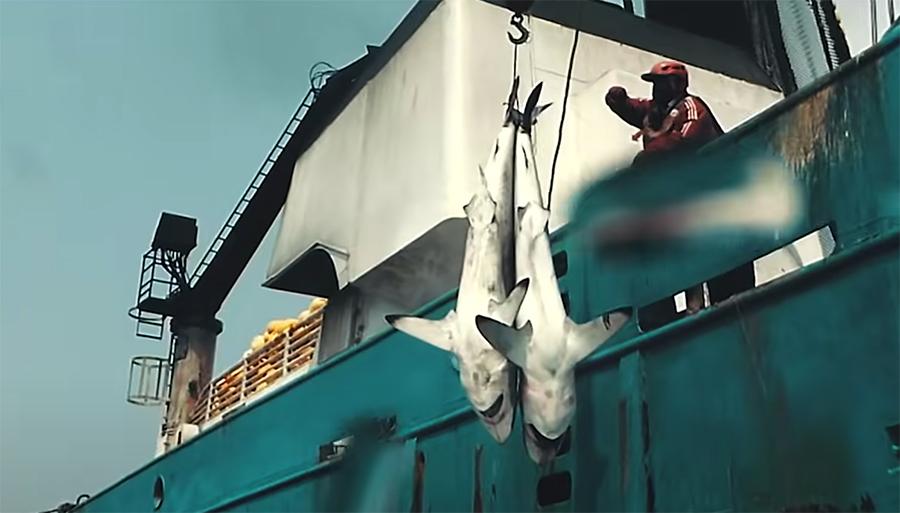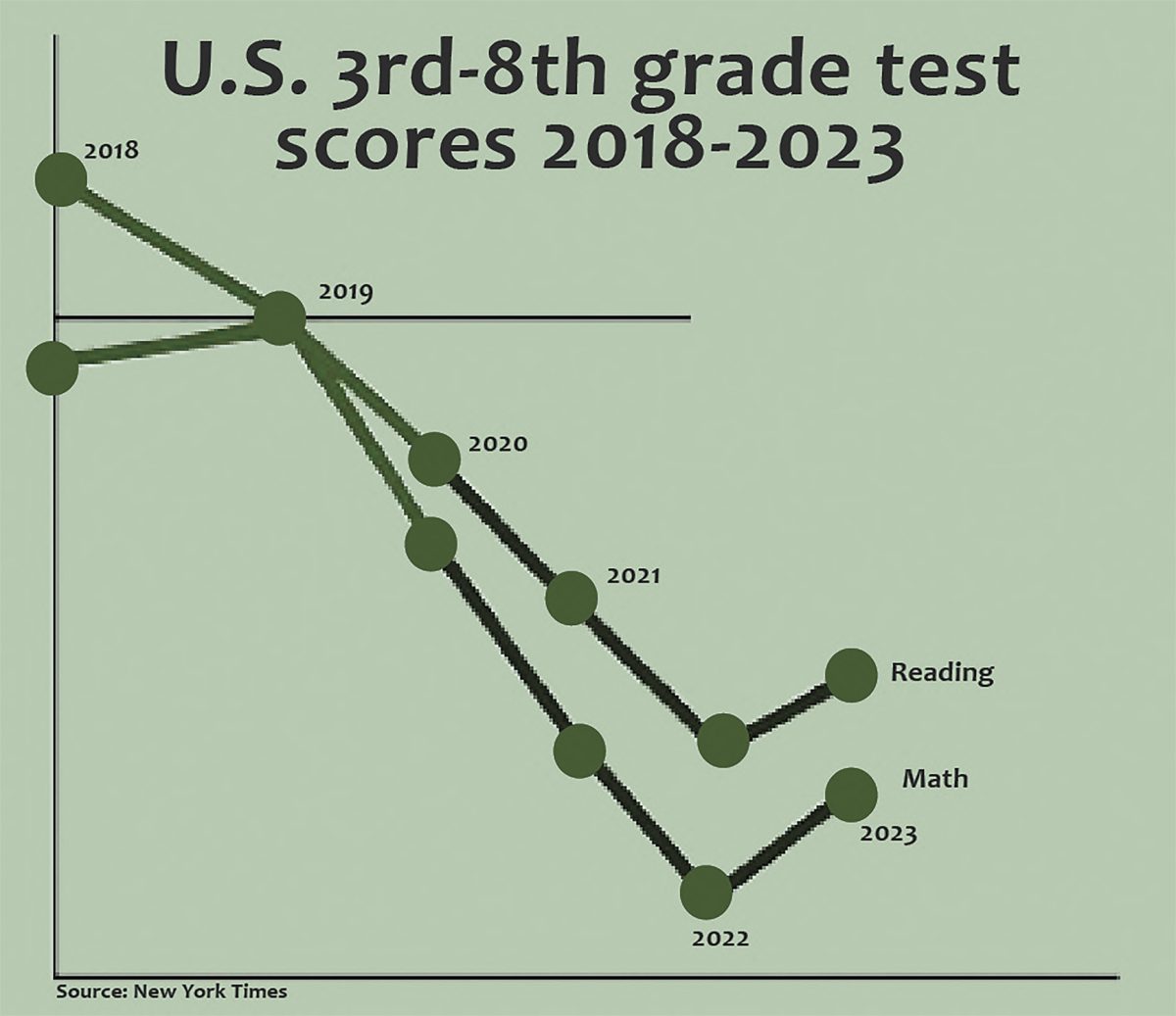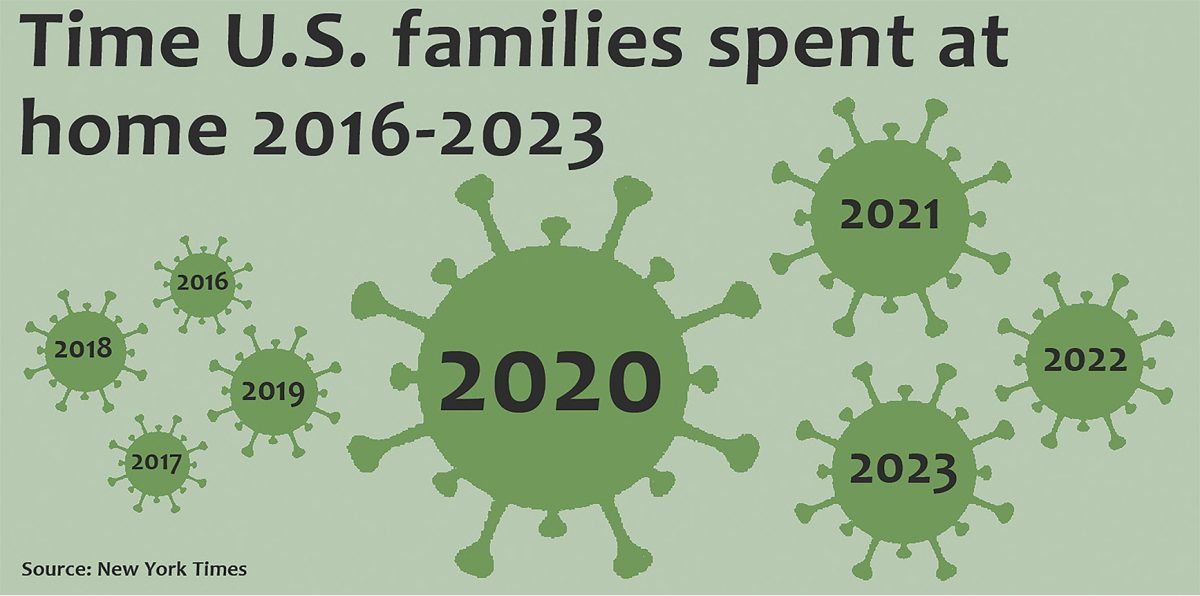
To expose the lesser known evils of human activity that impact marine ecosystems, British filmmaker Ali Tabrizi set out on a journey and created a revealing documentary: “Seaspiracy.” The central issue discussed in this documentary has flown under the radar and has been purposely kept secret from the public. Tabrizi uncovered the mass killing of whales, sharks and dolphins, along with other marine life, for the sake of profit, with the animals as collateral damage.
Since Tabrizi and his partner filmed everything themselves, the documentary has a personal feel and shows firsthand how their concerns were met with hostility from several organizations. A compilation of pictures of his younger self reveals his early fascination with whales and ocean documentaries and the unknown of the ocean inspiring him to explore. Shortly after, there was a dramatic shift from viewing the ocean as a place of beauty to unsettling headlines and live footage of the atrocities happening to these animals.
Tabrizi first traveled to the Japanese coastal town Taiji, known for its heavy policing in an effort to hide the animal hunting from the outside world. He knew it would be dangerous for him and his partner to travel there, but he needed to see firsthand what was happening. Through the footage of police chases, closeups of dolphins being captured and the fishing boats leaving the ports, the documentary reveals horrific truths about the hunting. As a result, this practice that these fishermen try to keep so hidden is finally being exposed to the world thanks to Tabrizi’s efforts.
Tuna often provides a hefty profit for fishermen, but the large nets they use end up catching thousands of dolphins as well, who end up being killed for no reason other than they were in the wrong place at the wrong time. One defense for why they kill dolphins was the fishermen saying that they see the dolphins as competition because they eat too much fish. However, a live young dolphin can be worth up to $100,000 if sold to a marine park, so there is no logical reason why fishermen kill 12 times as many dolphins as they capture. They are too focused on catching tuna to even realize the profit they could earn from the dolphins as well, resulting in them being killed.
Shark fin soup is a delicacy in many East Asian countries, which involves killing thousands of sharks each year and throwing them back into the water only for them to die soon after. The murdering of thousands of sharks solely for their fins is a senseless act and truly illustrates how little care these fishermen have for marine life. The slaughter is unnecessary and illogical and continues the appalling cycle of shark extermination.
Along Tabrizi’s journey he speaks to several organizations, most of whom advocate for saving the ocean. However, when he asks them seemingly basic questions that clarify or test the organization’s message, he is met with hostility and often asked to shut off the cameras. One of the prime examples of this was with a company that produces tuna with a dolphin-safe label on the packaging, but when he asks a member of the company if that is true, he is told that they don’t truly know if dolphins are being harmed. The fact that these organizations cannot confirm that their information is factually correct shows how little they truly care about these animals being harmed.
One of the largest ocean conservation organizations, Oceana, suggests on their website that to help the cause, people should eat sustainable fish. Unsure about the definition of sustainable seafood, Tabrizi simply asks two members to specify what that meant, and neither can give him a straight answer. Instead, one of them implies that the best way to minimize the killing of sea animals is to limit or eliminate seafood intake. Even the organizations who claim to advocate for marine life give unreliable information to the public, and without Tabrizi finding out the real way to help, people wouldn’t know how to make sufficient change.
Like all other earth ecosystems, these animals are needed in their environment in order for the food chain to work. The documentary reveals that if current trends continue, there could be empty oceans by 2048. Tabrizi went through great lengths to capture the inhumane practices going on around the world that harms marine life, so hopefully more awareness is brought to the issue and people do what they can to help.














